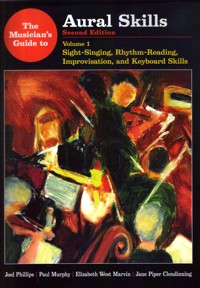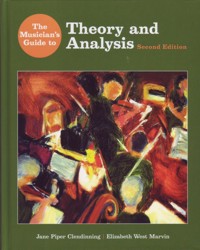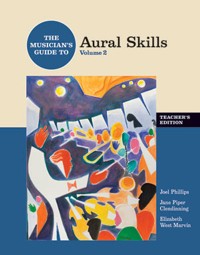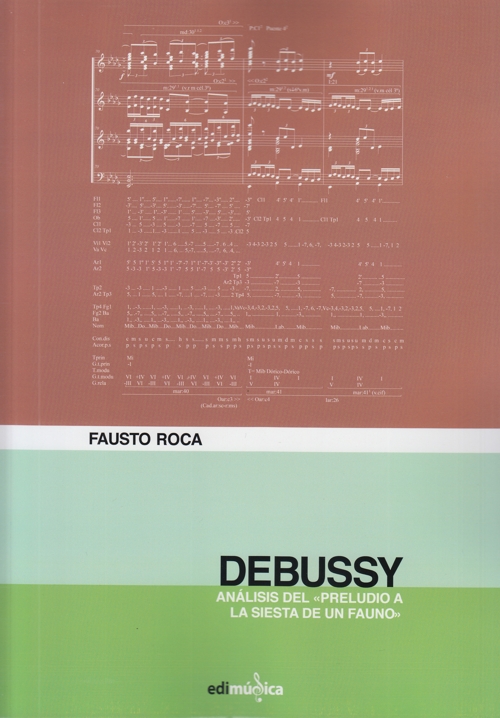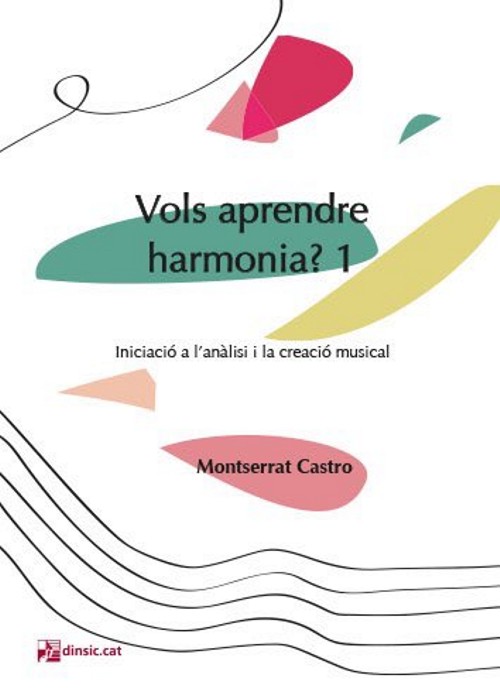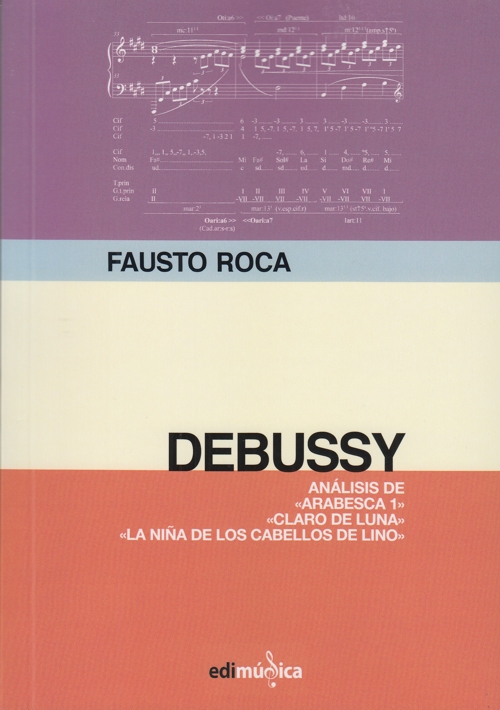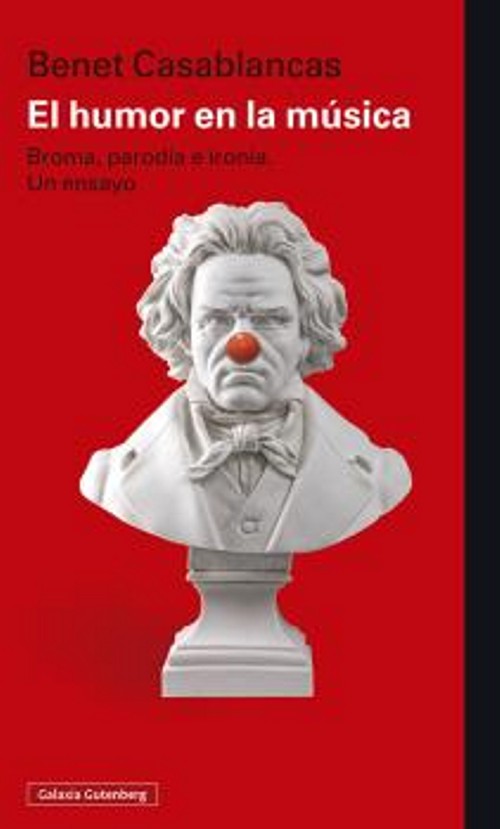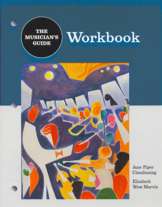
The Musician's Guide to Theory and Analysis. Workbook
Clendinning, Jane Piper
;West Marvin, Elizabeth
W. W. Norton & Company. 2004Ficha técnica
- EAN: 9780393976533
- ISBN: 978-0-393-97653-3
- Editorial: W. W. Norton & Company
- Fecha de edición: 2004
- Encuadernación: Rústica
- Dimensiones: 22x27,5
- Idioma: Inglés
- Nº páginas: XVI+477
Agotado
Agotado en la editorial¡GASTOS DE ENVÍO GRATIS!
PVP. 30,55€
Añadir a la Lista de deseos
This Workbook includes written and analytical exercises for the use with "The Musician's Guide to Theory and Analysis". The exercises target every level of interest and ability, from the most basic to the most challenging. In each chapter, the Basic Elements section reviews fundamental concepts presented in the main text and provides brief practice exercises. Next, Writing Exercises section, based on real music literature, focus on harmonizing melodies, realizing figures basses, and writing short compositions. Finally, the Analysis section begins with brief excerpts, followed by complete works, many of which are included in the Anthology. These exercises involve score analysis and short analytical essays.
The Musician's Guide series integrates theory and analisys, aural training, and performance in one comprehensive pedagogical program.
CONTENIDO
Part I. Building a musical vocabulary: basic elements of pitch and rhythm
1. Pitch and pitch class
2. Beat, meter, and rhythm: simple meters
3. Pitch collections, scales and major keys
4. Minor keys and the diatonic modes
5. Beat, meter, and rhythm: compound meters
6. Pitch intervals
7. Triads and seventh chords
Part II. Linking musical elements in time
8. Intervals in action (two-voice composition)
9. Melodic and rhythmic embellishment in two-voice composition
10. Notation and scoring
11. Voicing chords in multiple parts: instrumentation
Part III. The phrase model
12. The basic phrase model: tonic and dominant voice-leading
13. Embellishing tones
14. Chorale harmonization and figured bass
15. Expanding the basic phrase: leading-tone, predominant and 6/4 chords
16. Further expansions of the basic phrase: tonic expansions, root progressions, and the mediant triad
17. The interaction of melody and harmony: more on cadence, phrase and melody
18. Diatonic sequences
19. Intensifying the dominant: secondary dominants and secondary leading-tone chords; new voice-leading chords
20. Phrase rhythm and motivic analysis
Part IV. Further expansion of the harmonic vocabulary
21. Tonicizing scale degrees other than V
22. Modulation to closely related keys
23. Binary and ternary forms
24. Color and drama in composition: modal mixture and chromatic mediants and submediants
25. Chromatic approaches to V: The neapolitan sixth and augmented sixths
Part V. Musical form and interpretation
26. Popular song and art song
27. Variation and rondo
28. Sonata-form movements
29. Chromaticism
Part VI. Into the Twentieth Century
30. Modes, scales, and sets
31. Music analysis with sets
32. Sets and set classes
33. Ordered segments and serialism
34. Twelve-tone rows and the row matrix
35. New ways to organize rhythm, meter, and duration
36. New ways to articulate musical form
37. The composer's materials today
Index of music examples


